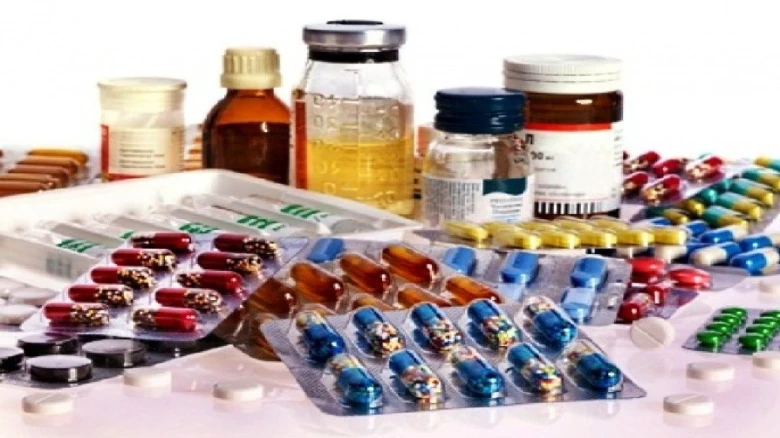Despite calls for immediate double-digit increases in prices, the moderate adjustment aims to stabilize price controls...
Digital Desk: From April 1st onwards, consumers may notice a slight uptick in the prices of essential medicines, including painkillers, antibiotics, and anti-infectives. This adjustment, tied to the annual alteration in the wholesale price index (WPI), allows for a .0055% increase in the prices of drugs listed under the National List of Essential Medicines (NLEM).
In contrast to previous years' substantial increments of 12% and 10%, this year's adjustment offers a modest relief for the pharmaceutical industry.
Over 800 drugs listed on the NLEM will be affected by the adjusted prices, with alterations permitted once annually for scheduled drugs.
Crucial medications such as paracetamol, azithromycin antibiotics, anti-anemia drugs, vitamins, minerals, and certain COVID-19 treatments will be impacted by these changes. Industry stakeholders have advocated for significant price hikes to counter rising input costs, with key active pharmaceutical ingredient prices surging by up to 130% in recent years.
Essential solvents like glycerine and propylene glycol, vital for various liquid preparations, have experienced substantial price hikes, along with intermediate prices witnessing increases ranging from 11% to 175%. Despite calls for immediate double-digit increases in prices, the moderate adjustment aims to stabilize price controls.
An executive affiliated with a non-governmental organization (NGO) expressed relief, noting that the moderate increase provides stability after consecutive major price hikes. This move aims to ensure the continued affordability of essential drugs, striking a balance between industry sustainability and consumer accessibility.
While the incremental adjustment may lead to slightly higher costs for essential medications, it reflects the government's efforts to maintain a delicate equilibrium in the pharmaceutical market. As consumers adapt to these changes, the focus remains on ensuring equitable access to life-saving medications while addressing the industry's economic challenges.

Leave A Comment